The floral industry is undergoing a quiet yet profound transformation, driven by technological advancements and shifting consumer preferences. At the heart of this change lies the burgeoning market for preserved flowers—often marketed as "eternal roses" or "forever blooms"—which has evolved from a niche novelty to a mainstream luxury. Unlike traditional fresh-cut flowers that wilt within days, these chemically treated blossoms maintain their vibrancy for years, merging the ephemeral beauty of nature with the permanence of modern science.
The Science Behind Eternal Blooms
Preservation techniques have advanced far beyond simple drying methods. Today's processes involve a meticulous replacement of natural sap with proprietary solutions, often glycerin-based, that maintain cellular structure while preventing decay. Laboratories now experiment with nano-materials to enhance color retention, allowing roses to keep their crimson hue without fading for up to five years. Some manufacturers even infuse fragrances into the preservation medium, creating roses that smell fresh long after their natural counterparts would have turned to compost.
What began as a cottage industry has attracted serious investment. Floral biotechnology startups in Silicon Valley and Shenzhen are racing to develop next-generation preservation methods. One breakthrough involves cryogenic treatment combined with plant-based polymers, creating flowers that feel nearly identical to fresh blooms. Another approach uses molecular encapsulation to slow oxidation at the cellular level. These innovations aren't just extending shelf life—they're redefining what consumers expect from floral products.
Market Forces Driving the Change
The global preserved flower market, valued at $1.2 billion in 2022, is projected to double by 2027. Luxury brands have taken notice—Tiffany & Co. now offers eternal rose arrangements in their signature blue boxes, while high-end hotels use preserved blooms for lobby displays that require minimal maintenance. Environmental concerns also play a role; with increasing awareness about the carbon footprint of fresh flower logistics (particularly air-freighted roses from Colombia or Kenya), preserved flowers present a more sustainable alternative despite their chemical processing.
Social media has accelerated demand. Instagram and Pinterest are flooded with images of perfect roses that never droop, creating unrealistic expectations about floral longevity. This visual culture fuels consumer desire for flowers that match their curated digital aesthetics. The pandemic further boosted sales as people sought lasting symbols of connection during isolation. One London-based florist reported a 300% increase in preserved flower orders during lockdowns, as customers wanted tangible reminders of affection that wouldn't perish during delivery delays.
Cultural Shifts in Floral Consumption
Traditional florists face both challenges and opportunities. Many have added preservation services, charging premium prices to transform sentimental bouquets (wedding flowers, anniversary arrangements) into permanent keepsakes. This emotional dimension creates pricing power—consumers will pay significantly more for flowers with personal meaning. In Japan, where gift-giving culture places high value on presentation, preserved arrangements now account for nearly 40% of premium floral sales.
The trend reflects broader changes in how we interact with nature. Urbanization has created generations more accustomed to artificial environments than gardens. For apartment dwellers without space for plants, preserved flowers offer low-maintenance nature. Some critics argue this represents another step in humanity's alienation from authentic biological processes, while proponents see it as practical adaptation to modern living constraints.
Technological Frontiers and Ethical Questions
Emerging technologies promise to push boundaries further. Researchers in the Netherlands are developing "bio-responsive" preserved flowers that change color with temperature fluctuations, creating living art pieces. Other experiments involve embedding LED micro-lights within flower stems for nighttime illumination. The most ambitious projects aim to create preserved blooms with modified photosynthesis capabilities, potentially offering atmospheric benefits beyond aesthetics.
However, the industry faces scrutiny. The chemical composition of preservation solutions remains largely proprietary, raising questions about environmental impact when these products eventually decompose. There's also debate about whether eternal flowers undermine appreciation for nature's transient beauty—the very quality that made flowers meaningful throughout human history. As with many technological interventions in nature, the preserved flower boom presents both wonder and unease, mirroring our complicated relationship with manipulating biological processes for human desires.
The future likely holds coexistence rather than replacement. Just as artificial Christmas trees didn't eliminate demand for real firs, preserved flowers will complement rather than eradicate the fresh floral market. But their rise signals an important shift: in an era of climate uncertainty and digital permanence, consumers increasingly seek nature that conforms to human timelines rather than the other way around. The preserved flower revolution isn't just about flowers—it's about our evolving expectations of nature itself.

By Christopher Harris/Jun 6, 2025
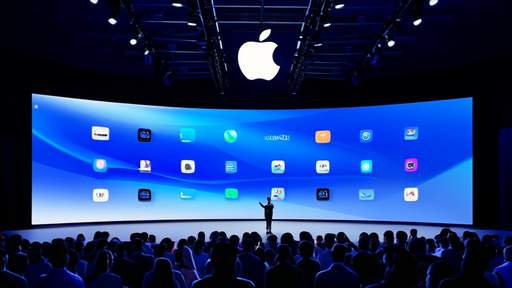
By Emily Johnson/Jun 6, 2025

By Laura Wilson/Jun 6, 2025

By Jessica Lee/Jun 6, 2025

By William Miller/Jun 6, 2025

By Victoria Gonzalez/Jun 6, 2025
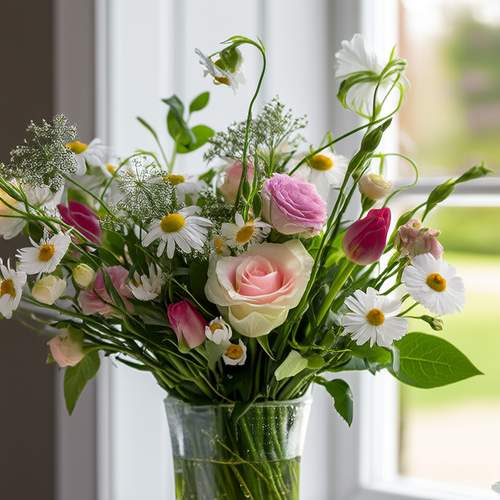
By /May 21, 2025
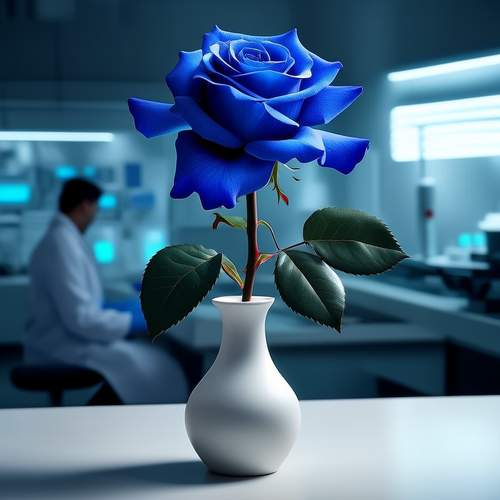
By /May 21, 2025
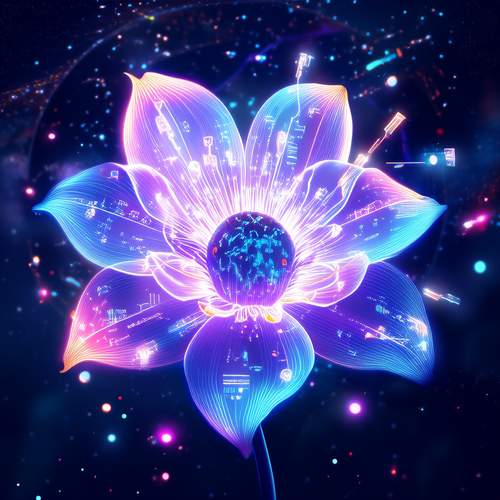
By /May 21, 2025
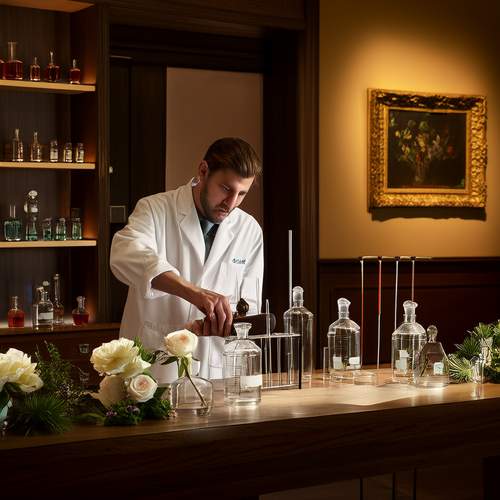
By /May 21, 2025
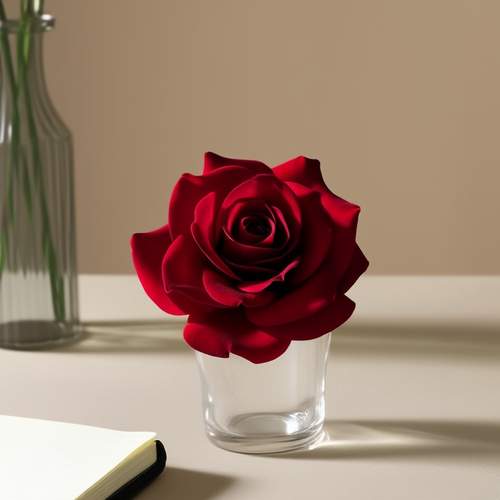
By /May 21, 2025

By John Smith/May 19, 2025

By Sophia Lewis/May 19, 2025

By Christopher Harris/May 19, 2025

By Natalie Campbell/May 19, 2025

By Grace Cox/May 19, 2025
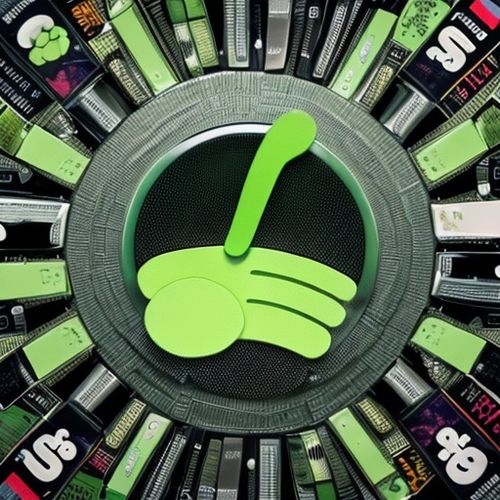
By Amanda Phillips/May 19, 2025

By Megan Clark/May 19, 2025

By Eric Ward/May 19, 2025

By Ryan Martin/May 19, 2025